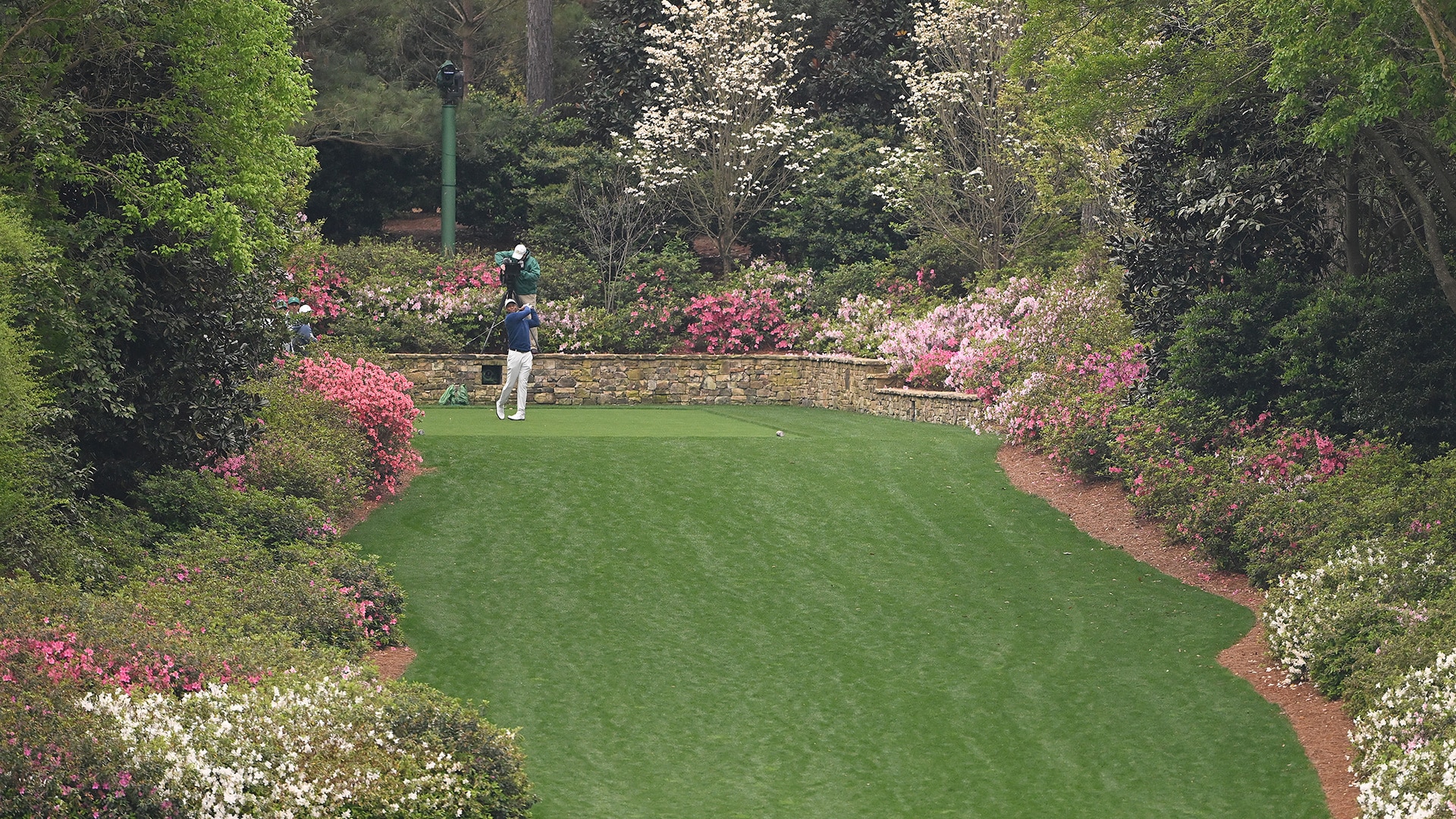2023 Masters: Players think new 13th tee at Augusta National is ‘easier’, will take excitement out of the hole

AUGUSTA, Ga. – On paper, the new tee at Augusta National’s 13th hole is 35 yards longer for this year’s Masters, but it may as well stretch all the way to Macon based on how the teeing ground has been scrutinized.
The irony is that this year’s change at the par 5, colloquially known as Azalea, is, in fact, the fifth time the venerable club has tinkered with that tee box since 1967. That year, the Masters tee was extended forward 5 yards before officials moved it 5 yards back seven years later.
And on it went – in ’75, the club extended the tee 7 yards, and in ’02, during the “Tiger-proofing” of the course, the tee was moved back 20 to 25 yards.
The subtle brilliance of Augusta National is that the club is always tinkering, whether it’s new tee boxes or the Par 3 Course, which was almost entirely rebuilt for this year’s Masters. The difference this time around is how the change might impact the fabric of what makes Masters Sunday so special.
By most accounts the additional yardage to the 13th hole will likely not have much of an impact on the overall scoring average of the hole, which has historically played as the easiest hole (4.775).
“If anything, it will make a lot more people lay up. It may be less double [bogeys]. It will be a lot more neutral scoring. There won’t be as many doubles and eagles,” Bryson DeChambeau said.
During last year’s Masters, there were the same number of eagles (six) and double bogeys (six) and in 2018 it was nine eagles versus seven double bogeys – the statistical definition of risk/reward. That, many contend, will change with the additional length that will prompt more players to play the hole in three shots, which seems to be the overriding motivation.
While scoring might remain unchanged, there is the situational element of the 13th hole, which is at the trailing end of Amen Corner and in the heart of a second nine that has been the canvas of so many special Sundays.
“With adding that extra length, you can’t cut as much of that corner. You can’t get far enough down that left side,” Patrick Reed said. “I think it’ll take a little bit of the excitement out of that on 13, and then adding [20 yards in 2022] to 15, if it’s into the wind, guys aren’t going to hit 3-woods into that green because it’s hard to hold that thing, and long is so dead at tournament speed.”
Changes to both Nos. 13 and 15 are significant because par 5 performances are directly related to success at the Masters. Four of the last five Masters champions finished inside the top 5 in par-5 scoring, with the exception being Tiger Woods in ’19, when he finished 27th.
Whether that paradigm continues with the reimagined 13th hole remains to be seen, but at the very least, the additional 35 yards will force players to make a decision which hasn’t necessarily been the case in recent years.
“I think they made the tee shot easier because you don’t really have to do anything with the tee shot anymore. Just hit it sort of straight up the chute. The second shot, much more difficult,” Rory McIlroy said. “I used to hit 8-iron from a flat lie into 13, and now, I hit a 5-iron from the ball way above my feet. Just makes you think a little bit more about the second shot, which I think is good.”
An example of this theory was on display Monday during a practice round that featured McIlroy, Woods, Tom Kim and Fred Couples. Although the threesome represented an interesting cross-section of the overall field, it also provided a glimpse into how No. 13 will play this week.
“Today was a day where the ball wasn’t really going as far, and we teed off at 9 [a.m.]. Rory hit one bomb there, and I think he went at the green with a 5 [iron] maybe. But Tiger and I laid up, Tom Kim actually knocked it on with a wood. It’s reachable; it’s just a very good hole,” Couples said.
Based on early reviews, the new tee box will selectively challenge individual styles.
“It makes it a lot tougher for me for sure,” said Dustin Johnson, who played the 13th hole in 3 under in 2020, when he won the fall Masters. “Over the last couple of years it’s gotten tougher. They’ve pulled those trees in so guys who cut the ball there’s nowhere to start it.”
Johnson said he’s tinkering with a “stronger” 3-wood that would allow him to potentially work the ball around the corner at the 13th hole, but like most players, he’s anticipating a much different test this year.
In the larger narrative of how far modern professionals hit the golf ball, and a recently proposed rule to dial back the golf ball at the elite level, Augusta National is regularly cited as one of the few clubs with the resources to match the distance gains with new tee boxes. Although officials would probably balk at that cause-and-effect explanation, some see the new tee at 13 as a direct response to how Watson played the hole during the final round in 2014.
After slinging a drive around and over the tributary of Rae’s Creek, Watson had just 140 yards in for his second shot, a 56-degree sand wedge that set up a two-putt birdie and a three-stroke lead.
“Nobody has ever Bubba-proofed a golf course,” Watson laughed when asked his thoughts on the new tee box at No. 13.
Whatever the intended motivation to move the 13th back, the only consensus is that it will be different.
